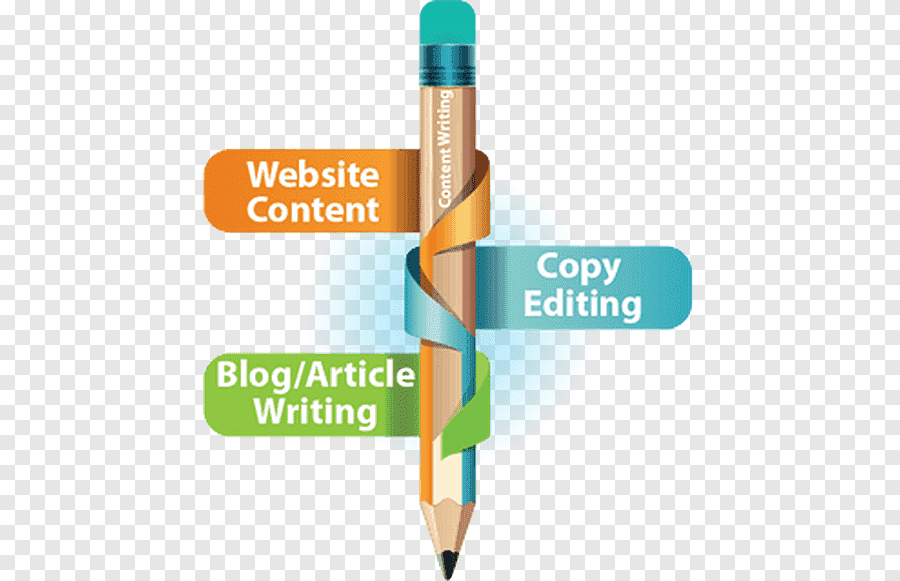Mistake that a graphic designers must avoid the following five ultimate graphic design
1. Using online visuals on printed materials is a good practice.
The transition from online design to conventional design for print may be fraught with a slew of design blunders for many young designers who have come from a mostly digital design background. Photographs given at 72dpi and crunched down to load quickly on a website are likely to reproduce horribly in print. You can get away with using tiny thumbnails, but enlarging them to any significant size is going to be pushing your luck. There are a lot of web resources that provide free or very inexpensive high-resolution photographs of high quality that are a useful source for appropriate photography.
2. Not remembering or not allowing enough bleeding to take place is number 2.
Incorrectly sending to print a document or flattened picture that does not have any bleed at all is a fairly typical mistake. To be on the safe side, you should leave at least 3mm of space around every cut off edge. If you fail to do so, the printers will have no leeway and will either crop off the side of the page or leave you with a white border around your document. When uploading picture files, it is usually a good idea to save them as layered Photoshop files so that if anything needs stretching or cropping, you may do so on the backdrop layer and perhaps reduce your labour.
3. Utilizing obscure typefaces without embedding or highlighting them for output is a third option.
The most of us have been guilty of this at some time, and things are normally OK if you are going to be the only one who will be interacting with your artwork or papers. However, if someone else needs to make changes to the files or use your vector logo into one of their publications, you may do so. You cannot expect them to be able to open your files correctly until the fonts have been packaged properly. Some software packages may replace any unfamiliar fonts with a default as a result of this. This is a particular difficulty when you need to dig out old material that was prepared many years ago and you no longer have your old fonts loaded on your computer.
4. Providing print-ready artwork in spot colors or CMYK color space
Spot colors may be used in artwork for a variety of reasons, such as logos that need to reference certain pantone colors, or for other purposes. In general, however, most design work is printed on four-color CMYK presses, with the addition of a fifth color for luminous or metallic colors or for spot UV varnish on occasion. It is fairly typical for inexperienced designers to just insert rgb pictures into files and expect the brilliant colors shown on screen to translate well in printed materials.
5. Allowing customers who are design illiterate to guide you around the properties.
According to the classic saying, the customer is always right. Although it is sometimes spoken with clinched teeth and a feeling of patience, it is understood that these individuals will at some point give up a large sum of money as compensation for their misdeeds. When presenting pictures for the first time, it is frequently a good idea to include a few of duds in order to potentially get them to appreciate the design you are hoping they would approve later on. Of course, there is the very real possibility that they may fall in love with the piece of utter arsewipe that you whipped up in five minutes to fool them into thinking you have been working hard for your money. It is, nevertheless, a means of subsistence.



























0 comments:
Post a Comment